Sorry any suggestions are invalid without known System Specs.
There are many unknowns, that need design specs 1st;
1) Console source impedance.. old school 600Ω balanced or new school 60Ω balanced matches most cables used in industry for flat frewuency response.
If long cables, which types? many are 32pF/ft, some 12 pF/ft and Mogami 2944A shielded pair at 6 pF/ft. 600Ω termination will give poor LPF performance and also Console current limit will have slew rate limit on full scale, so 60Ω source is recommended.
2) What is CMR spec for System? 75dB? 90dB is possible with Cap trimmed with grounded center tap transformer from Jensen Transformers and Reichenbach Engineering.
CMR is unknown in ADC.. Only 0.1dB typ 0.5dB gain mismatch is specified. Depending on Common Mode EMI signal level, and rejection ratio (CMRR) may induce hum from stray CM levels. If so balanced Instrument Amp is recommended for 100 dB .
3) Desired Termination impedance. 100kΩ? 10kΩ? differential? or single ended.
4) Headroom before ADC clipping ?
5) Desired Sampling rate and pre-filtering to prevent aliasing or IM distortion.
6) If system BW must be reduced to < 1/2 of Sampling Rate of ADC, what is desired Roll-off rate or LPF Order and LPF spec 1dB or 3dB @50kHz? 23kHz?
7) What is console Current drive limit. ADC has 10mA protection beyond supply rails with internal small signal Schottky diode.
8) What transient current protection is needed by ESD?
9) What DC supply will be used for ADC?
10) What is HPF cut-off spec? 3dB @1Hz? 10Hz?
11) What is console max output Voltage 30dBu? 10dBu?
12) Decimation Filter spec for ADC
The answers of these specs questions will detemine if you can direct connect to ADC or need simple poor unity gain buffer to 0.5dB mismatched gain error for ADC inputs or need better solution. Filter needs to be defined as well as clamp diodes for ESD and Console overdrive. So front end needs careful selection, with specs and test plant to verify linearity, monotonicity and missing codes.
Simple solution to some issues,but not all
